What Should I Know About Driving My 4x4 in the Snow?

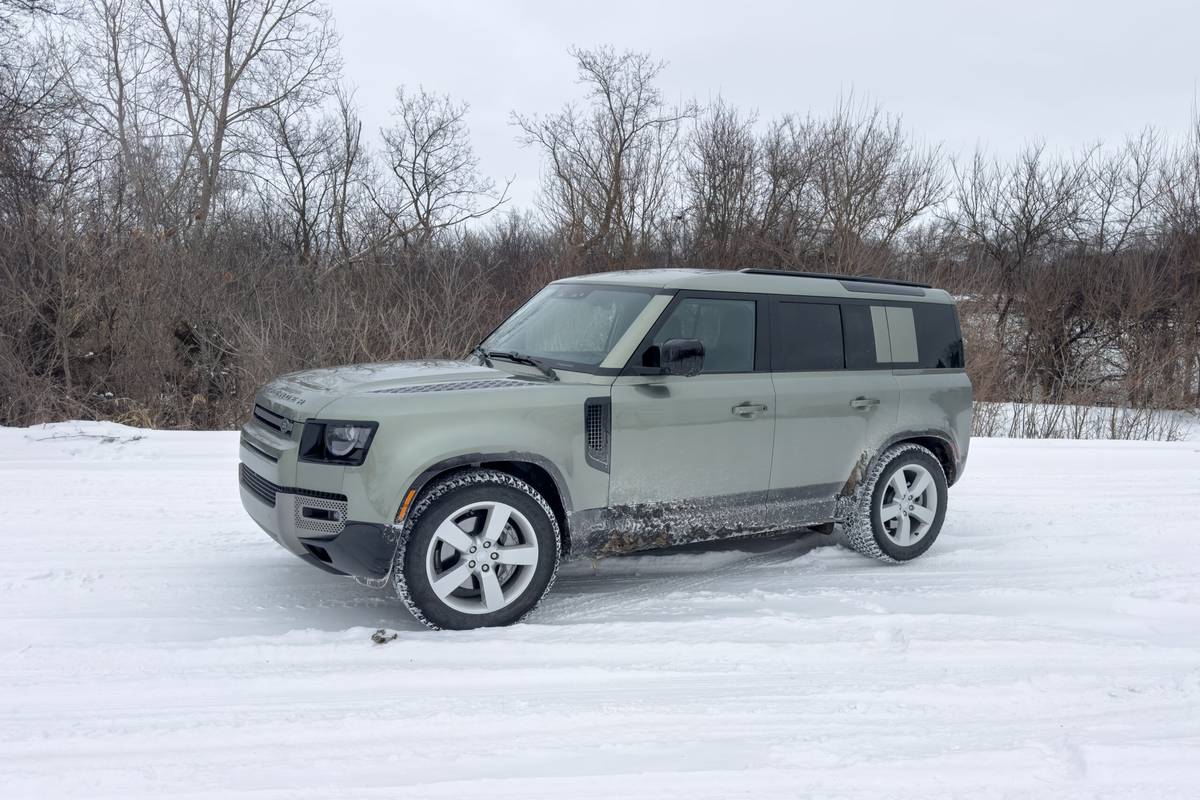
It’s been a weird winter, with snow appearing in places like New Orleans, the Florida Panhandle and the Gulf Coast that don’t normally get snow. Such weather has led to a lot of people who don’t normally drive in snow being faced with the daunting task of figuring out how to do so safely. A lot of people think that being in an SUV, or having four-wheel drive, automatically makes you safer in snowy conditions or somehow better equipped to handle such weather — but that’s not at all the case. It’s not so much what you’re driving as how you’re driving it that makes the big difference.
Related: Winter Weather Heading Your Way? Read This Before Heading Out
For instance, the vehicle you see above is a 2025 Land Rover Defender 110 X. It’s one of the most capable, high-tech, go-anywhere, tackle-all-conditions SUVs on the planet. It has one of the most advanced 4WD systems you can buy today. But even something like this needs to be used properly because all of the tech and equipment in the world won’t save you if you do something you shouldn’t.
So, here are our top tips for driving through snow. Even if you have an amazing 4WD vehicle like a Land Rover, they’re important things to keep in mind.
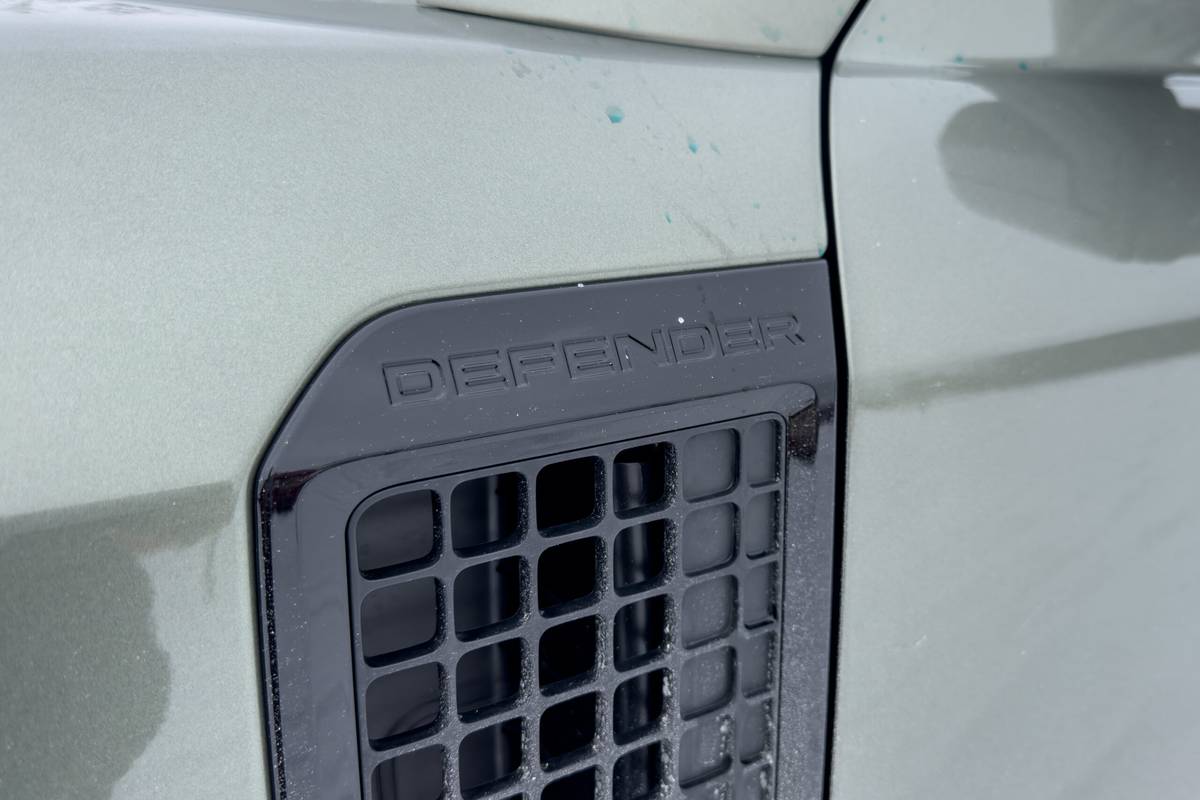
1. 4WD Won’t Help You Stop
Many people think that buying a vehicle with 4WD (or all-wheel drive, for that matter) immediately makes it a go-anywhere, all-terrain mountain goat. Judging by the number of SUVs one regularly sees in snow-covered ditches, however, nothing could be further from the truth. Yes, 4WD can help get you moving on slippery surfaces — provided your tires can get traction — but what people frequently forget is that 4WD does absolutely nothing to help you stop. Only traction makes you stop. And if you’ve used your vehicle’s 4WD abilities (or perhaps its fancy drive modes) to get yourself moving, you will indeed need to stop again at some point. That means you need to leave a lot more braking distance between you and whatever’s in front of you than you normally would. Which leads us to our second tip …
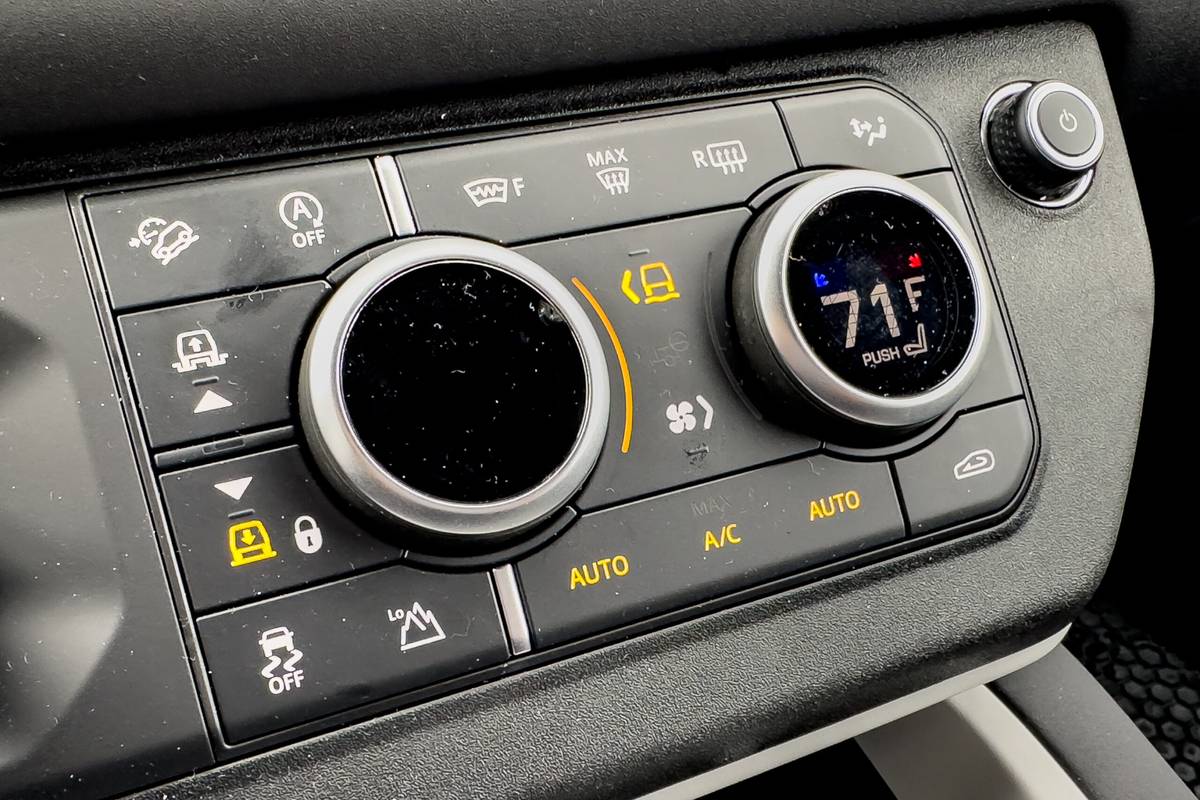
2. Change How You Drive — Slow Down
This might actually be the absolute best tip for driving in snow despite it appearing second on our list. Snow can be super-slippery, far more than just rain-slicked roads, as there’s very little traction on actual frozen water. This means you need to take things a lot more slowly than you would in the rain. Think easy, gentle acceleration; going slow in turns; and greatly reducing your top speed. Traction control might help you get moving, but it also might not. It certainly doesn’t improve your traction in seriously snowy conditions, it just tries to make the best use of what little traction there is. Everything is trickier and more dangerous when driving on snow — especially turning and braking — and keeping your speed way, way down will help you get where you’re going. Oh, and do not use cruise control or hands-free driving systems — you need to be able to respond to constantly changing surface conditions, and the systems aren’t meant for this.
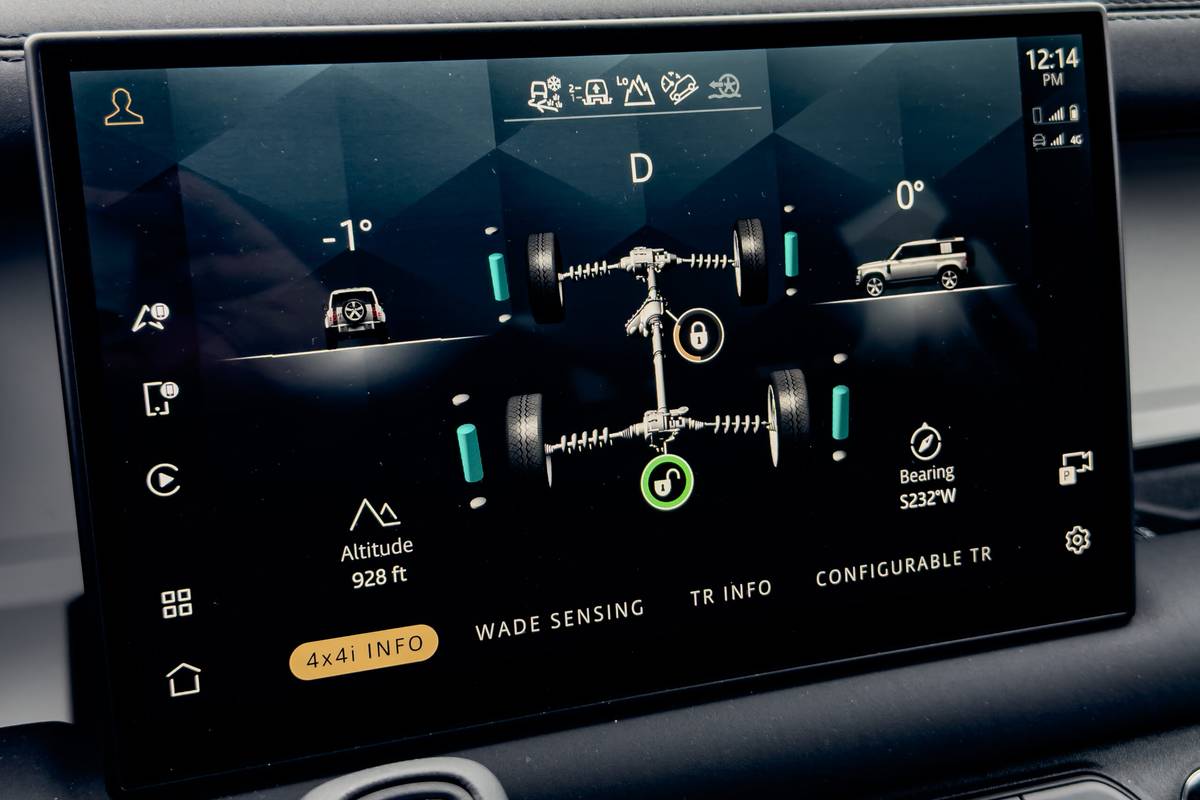
3. Learn What Systems Your Vehicle Has and How to Use Them
If you’ve purchased a vehicle with four driven wheels, it’s good to know what you actually have to work with. Have you bought an AWD crossover that has a minimal, always-on, no-need-to-think-about-it system? Did you splurge for an expensive Jeep that has six drive modes, a manual two-speed transfer case with low range and electronic locking differentials? How do the fat wheels and thin tires that you’ve put on your lifted pickup truck affect its 4WD system? You should figure this out before you venture out into the snow, and you may have to pick up your owner’s manual to know what all the buttons and switches do. Your owner’s manual will have tips on how to use your systems, or it’ll show you how and even when to use them to best effect. Then, if you can, head to a snowy parking lot or a dirt road to see how the vehicle behaves when you’re using these systems. However, don’t use selectable 4WD systems on dry pavement; this might damage your vehicle.
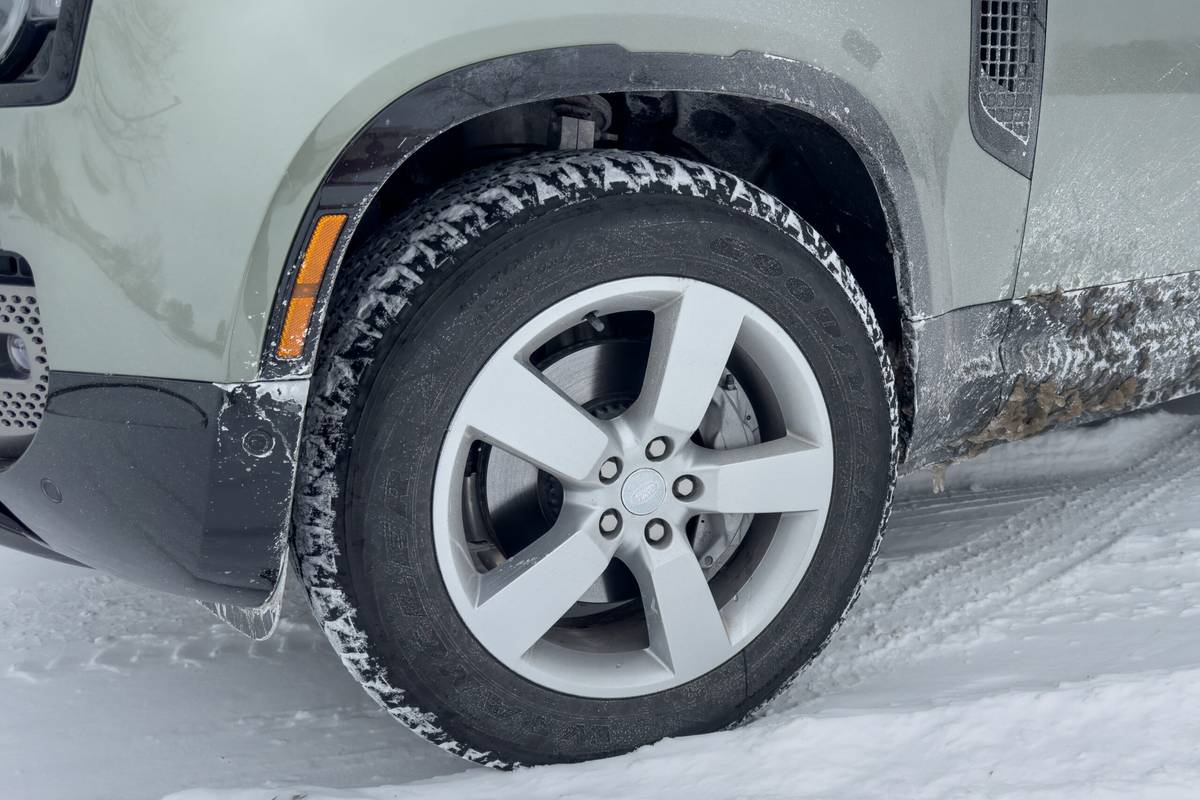
4. Nothing Beats Winter Tires
If you’ve picked up on the one theme that cuts through our tips, then you’ll know it all comes down to traction. If you have it, you move in the ways you want to move; if you don’t, you move in all the wrong ways. The best way to ensure you have maximum traction in the snow is to invest in some winter tires. All-season tires are really more like three-season tires; they work reasonably well in most conditions, but comparing their snow-and-ice performance side by side with dedicated winter tires reveals their shortcomings.
Winter tires have several advantages. They’re made of softer rubber that doesn’t get as hard in super-cold temperatures, allowing them to stay more flexible and increasing the contact patch between the car and the road (more contact patch is better). Dedicated winter tires also have special “siped” tread patterns meant for gripping better on icy surfaces, improving your traction on ice and snow. While 4WD doesn’t help you stop, winter tires do.
More From Cars.com:
- How to Get a Car Unstuck From Ice and Snow
- Should You Warm Up Your Car in the Winter?
- How to Safely Remove Snow and Ice From Your Car
- Tips for Starting Your Car in Subzero Weather
- Why Do My Tires Lose Pressure in Cold Weather?
This is by no means a comprehensive list of how to drive in the snow, just a few tips to help you if you suddenly find yourself doing it when you’ve never done it before. The best way to get through snow is to practice driving in it and know how it affects your vehicle and how your vehicle operates in it.
But really, just slow down.
Related Video:
Cars.com’s Editorial department is your source for automotive news and reviews. In line with Cars.com’s long-standing ethics policy, editors and reviewers don’t accept gifts or free trips from automakers. The Editorial department is independent of Cars.com’s advertising, sales and sponsored content departments.

Detroit Bureau Chief Aaron Bragman has had over 25 years of experience in the auto industry as a journalist, analyst, purchasing agent and program manager. Bragman grew up around his father’s classic Triumph sports cars (which were all sold and gone when he turned 16, much to his frustration) and comes from a Detroit family where cars put food on tables as much as smiles on faces. Today, he’s a member of the Automotive Press Association and the Midwest Automotive Media Association. His pronouns are he/him, but his adjectives are fat/sassy.
Featured stories




